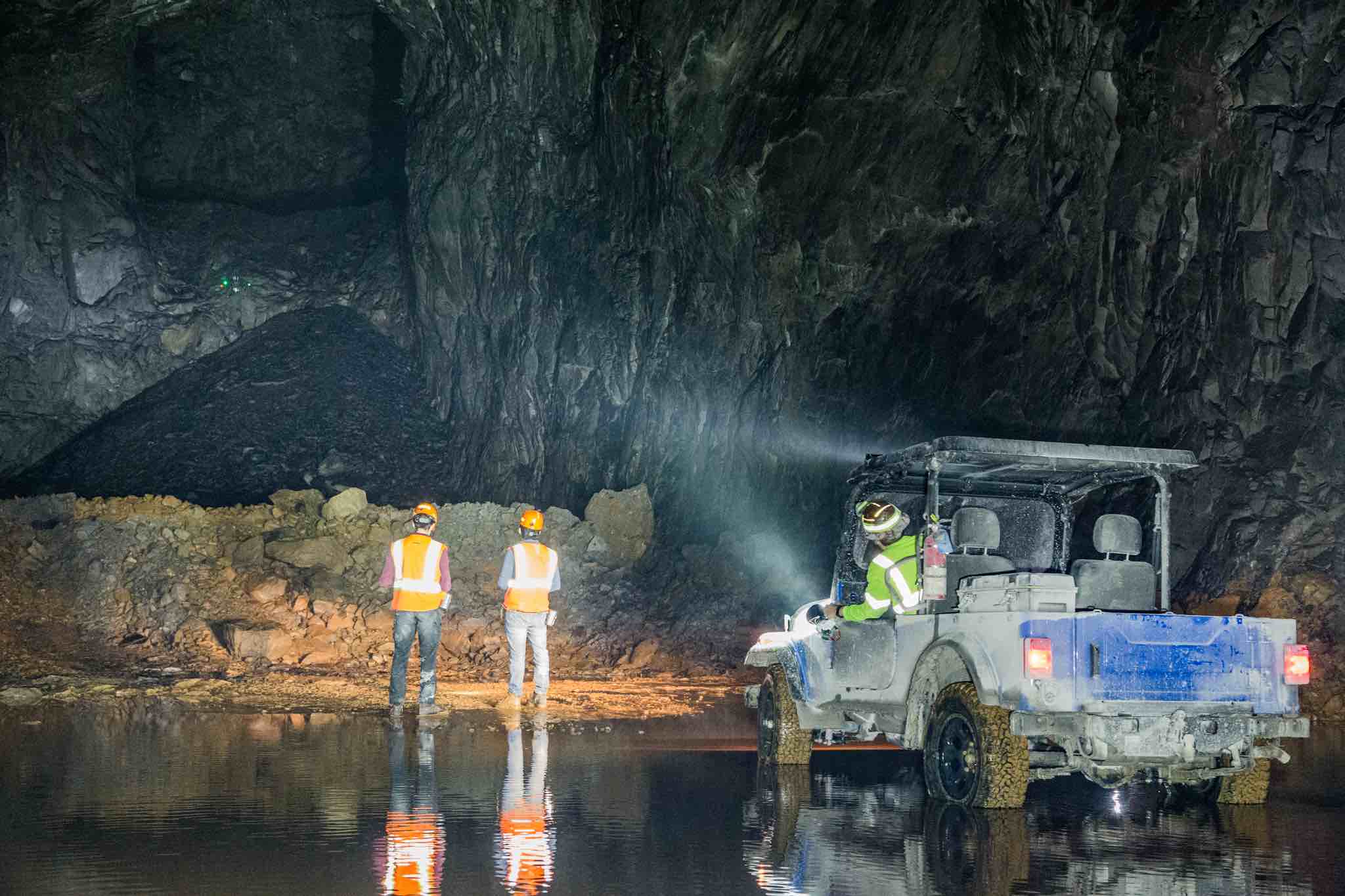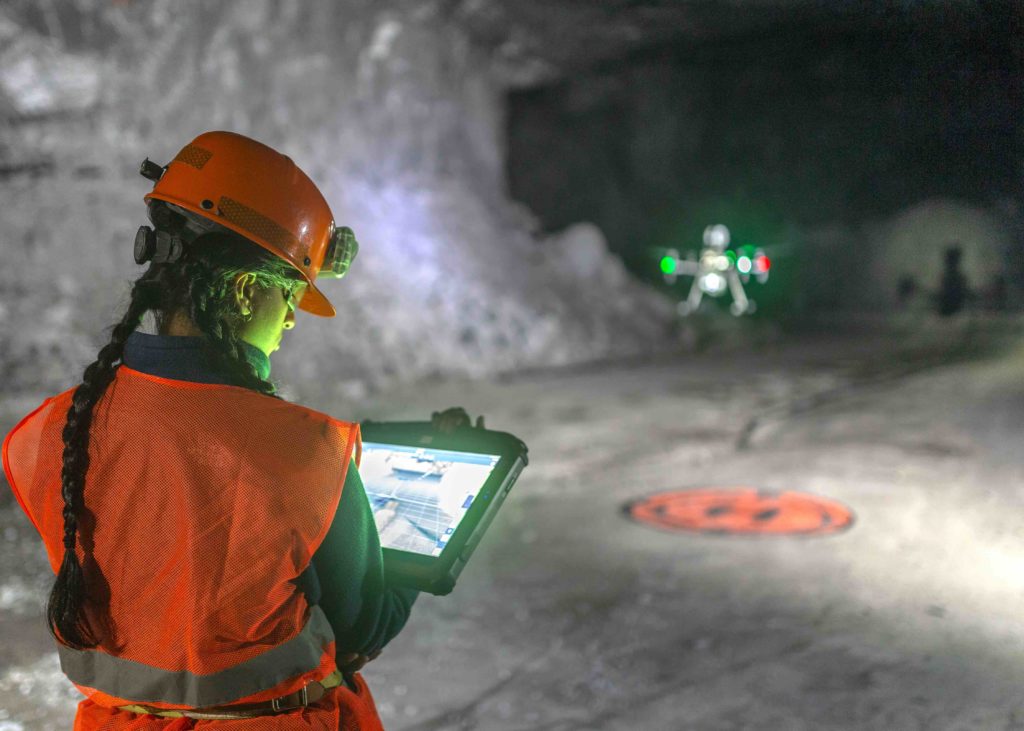When I first began working in the mining industry 10 years ago, I believed that someday new technologies...
By Raffi Jabrayan, Director, Markets and Industries
When I first began working in the mining industry 10 years ago, I believed that someday new technologies would enable us to bring human miners more safely to the surface while also allowing us to achieve more underground. It’s remarkable how rapidly things have evolved over the last decade, and now novel capabilities and solutions have arrived to help bring mining successfully into the future.

As a historical industry rooted in thousands of years of practice, the mining sector has traditionally not been the quickest to embrace new technologies. However, with mounting pressure in recent times to cut costs, increase operational efficiency, and lower the risk to human lives, mining companies around the world are seeking to transform their business through digital innovation. From x-ray diffraction and sensor-based sorting to real-time production chain visibility, new technology-driven methods and practices are being adopted like never before.
Perhaps some of the most dramatic and exciting gains for mining companies are arising from artificial intelligence and machine learning. Especially as supporting capabilities like underground LTE and WiFi have advanced, autonomous equipment is increasingly being integrated into the operations of mines around the world. In addition to autonomous vehicles for transport and haulage, self-piloted drones -- like the ones engineered by Exyn -- are allowing mining companies to increase safety and productivity while reducing operational costs and risk.

Because Exyn’s drones are capable of self-navigating in completely unfamiliar and GPS-denied environments, they enable miners to explore, map, and analyze areas that humans can’t (or shouldn’t) reach. What’s more, the information gathered is unprecedented in its level of detail and accuracy, and no other LIDAR-mapping alternative can achieve the same. This precious data is a veritable gold mine for rapidly surveying, planning, and excavating mineral resources without putting anyone in harm’s way to do so. Eventually, using drones will also eliminate the need for costly downtime after blasting, as miners will no longer need to wait on ventilation before assessing those areas.
These are the kinds of capabilities that can -- and indeed, have -- revive inactive mines, which have been abandoned due to conditions deemed too costly and dangerous to excavate in the past. By cross-referencing Exyn’s high-fidelity 3D maps with historical records of previously mined areas, miners can now identify new core samples with certainty, and make more accurate deposit predictions for potential investors.
“the most valuable asset to come to surface from an underground mine is the miner.”
And of course, as any mining professional knows all too well, the risk to human life is the heaviest and most critical concern. Autonomous drones substantially decrease this burden by keeping more people away from the most dangerous areas, and even if an underground accident were to occur, material waste in the form of one or two autonomous vehicles would be the greatest loss. One of my most esteemed mentors used to always say: “the most valuable asset to come to surface from an underground mine is the miner.” It’s incredibly heartening to know that companies like Exyn are putting human safety first and transforming operations so that we no longer need to put irreplaceable lives at risk, and I couldn’t be more proud to be part of their team.